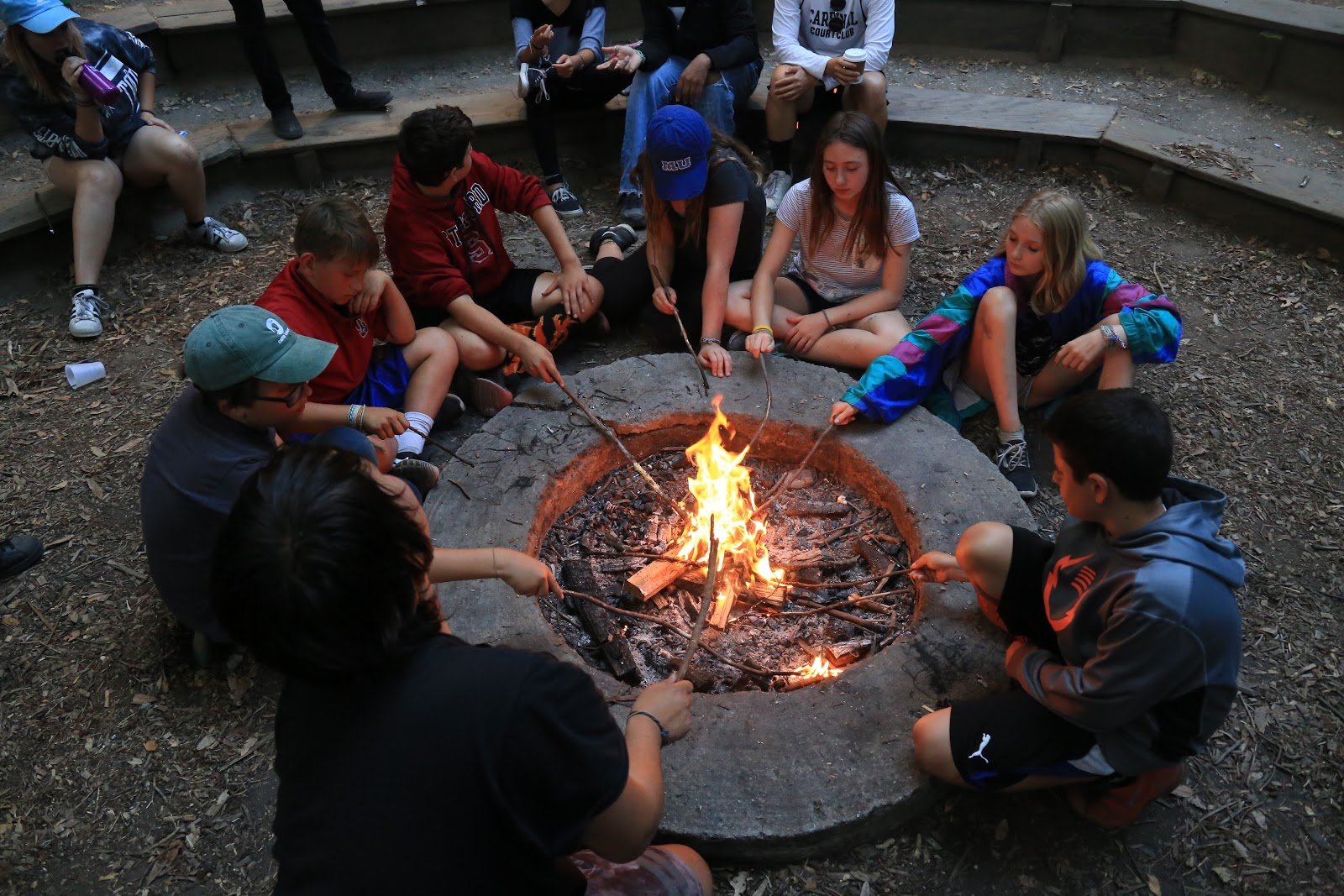Five million children worldwide have parents who have been affected by cancer. For the last 20 years, Camp Kesem has been trying to provide these families with refuge, release and magic.
In 2000, a group of students started Camp Kesem as a service project through Hillel at Stanford with the support of staff member Iris Rave. The group originally planned to help children with cancer directly, but Michael Amylon, a pediatric hematologist-oncologist at the Lucile Packard Children’s Hospital, identified children whose parents had cancer as a community that needed support as well. They took his advice, decided on the name Camp Kesem — which means “magic” in Hebrew — and held the first camp session in 2001.
Camp Kesem’s signature event is a week-long camp in Santa Cruz. However, throughout the year, they continue to foster community and support families through hosting quarterly reunions and camper birthday parties or attending camper events.
Since its founding, the camp has expanded to approximately 125 campuses in around 44 states and serves 10,000 campers per year free of charge. And according to program director Ian “Goosebumps” Anstee ’18, Camp Kesem’s impact goes far beyond what the numbers say.
“We try and come up with these metrics that adequately assess the impact of our work, but it’s inherently contradictory when you’re doing the kind of work that we do,” Anstee said. “Our whole purpose is to create magic, and magic is hard to quantify.”
In addition to helping campers and their families, camp counselors said, Camp Kesem impacts students involved, often in deeply personal ways.
Natalie “Yam” Ezeugwu ’20 has been a counselor at Kesem since her frosh year, and she said that the friendships she has cultivated with other counselors have resulted in a community unlike anything she has found at Stanford.
“It’s a different kind of relating to somebody. It’s sort of like a different layer than the regular Stanford relationships,” Ezeugwu said. “Within the counselor community, you get to know everybody that much better. I think one of the big differences is that the emotional barriers that you set up in your life just don’t exist.”
Vienna “Indigo” Kuhn ’20, who has been a counselor at Camp Kesem since she was a sophomore, relayed a similar experience.
“The first counselor retreat that we went on just blew me away with the level of vulnerability that counselors brought to the table,” Kuhn said. “I felt like I just had such a foundation of respect and love for them because we were all putting our time toward this thing that meant so much to us and that we cared about.”
Anstee added that the Kesem community is the one time during students’ hectic Stanford careers where students put all personal projects and interests aside in order to focus on someone else.
“So much of Stanford is about self-advancement, right? It’s like the pivotal moment in your life where you set yourself up for your future,” Anstee said. “But you have to kind of check yourself and say, ‘This is the one thing that’s really not about me.’”
Kuhn echoed Anstee’s statement.
“It’s this space where everything else seems to disappear because you’re so focused on the task at hand, which is supporting these kids to the best of your abilities,” Kuhn said. “I think it really brings out the best in people, a level of selflessness. It’s just focused on something outside of the normal stresses of Stanford. I think that’s really special.”
For many of the students who participate in Kesem, some of the most profound moments come during the “Roots” ceremony, when campers and counselors are invited to share their cancer stories.
Anstee, who has been a counselor at Kesem since he was a sophomore, said his first Roots ceremony was the first time he had fully told the story of his mother dying of cancer when he was 11 years old. After sharing his personal experience, he said, several of the campers in his unit swarmed him with hugs.
“It was this outpouring of love that I had never experienced before,” Anstee said.
Ezeugwu said that she had a camper in her unit who was usually quiet but decided to share his story during the ceremony.
“Walking back afterwards we had this whole conversation about the bravery that came from that,” she said. “I could see it was really important to him that he was able to share this time.”
As volunteers, the counselors are not paid. Even the volunteers on the coordinating team, which develops Camp Kesem’s programming and manages fundraising, put in 10 to 15 hours a week without compensation, Anstee said.
“Everything they do really does demonstrate the extreme care that these people have for these campers, that they’re willing to give really precious Stanford time to this thing,” Anstee said.
For the counselors themselves, the work is completely worth it.
“It’s been hands down the most important part of my Stanford experience, and it’s just been so fulfilling,” Kuhn said.
Correction: A previous version of this article stated that Camp Kesem had expanded to 116 campuses in 42 states. In fact Camp Kesem has expanded to approximately 125 campuses in around 44 states. The Daily regrets this error.
Contact Danielle Echeverria at dech23 ‘at’ stanford.edu.
